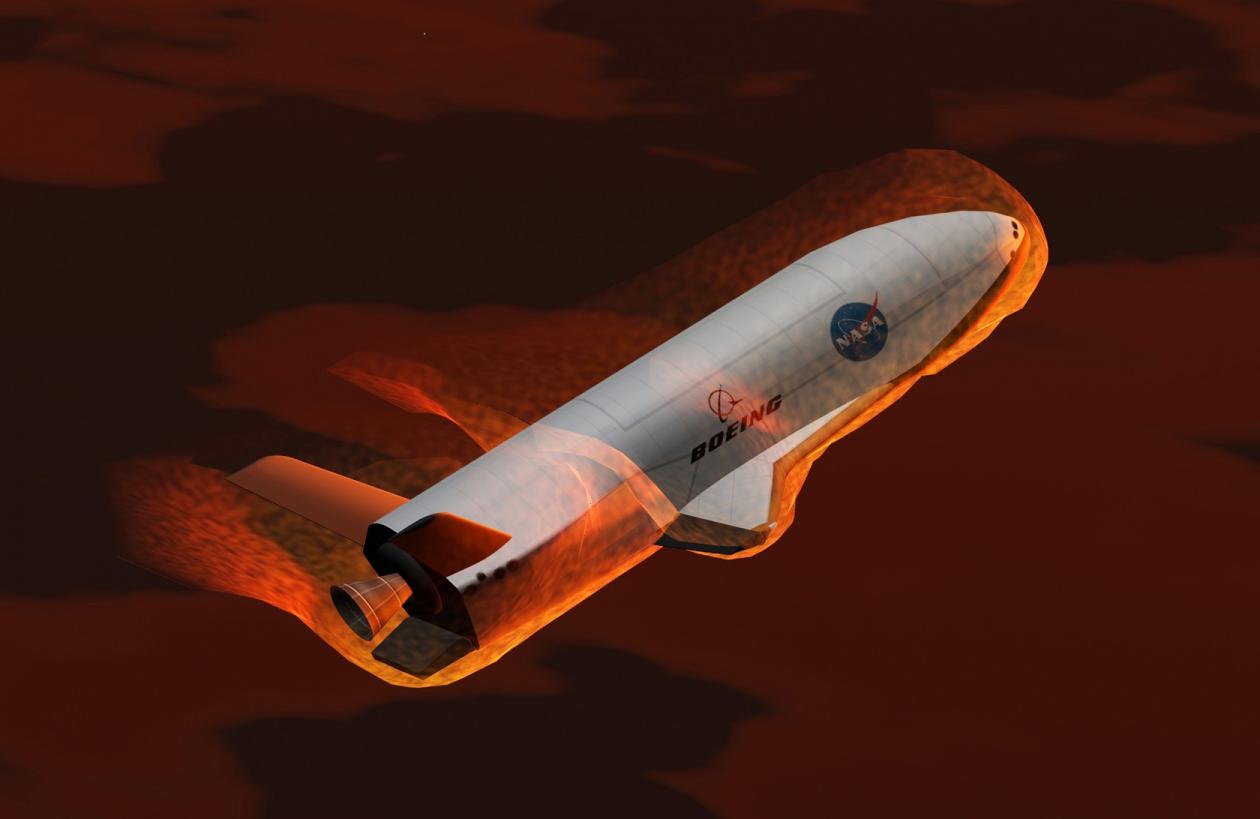The United States Navy’s recent shootdown of a Syrian Arab Air Force Sukhoi Su-22 Fitter near the town of Tabqah over Syria is illustrative of a truth in modern warfare: Weapons do not always work as advertised.
During the engagement between a pair of Boeing F/A-18E Super Hornets—flying off the aircraft carrier USS George H.W. Bush (CVN-77)—and the Fitter, advanced U.S. air-to-air missiles were decoyed at short-range. Indeed, as was reported by CNN, the Super Hornets first attacked the antiquated early-1970s vintage Su-22 strike aircraft with an infrared-guided Raytheon AIM-9 Sidewinder.
Though the Pentagon has not released any details, the Sidewinder was likely an AIM-9X, the latest iteration of the long-serving weapon that features high off-boresight capability. Though the F/A-18E pilot fired the Sidewinder from about half a mile away—very short-range even for an AIM-9 shot—the weapon was decoyed by the Russian-built Su-22’s flares. The Navy pilot reengaged with a Raytheon AIM-120C AMRAAM—a considerably more expensive and much longer-ranged active radar-guided weapon—to dispatch the antiquated Fitter.
Read more: national interest



































